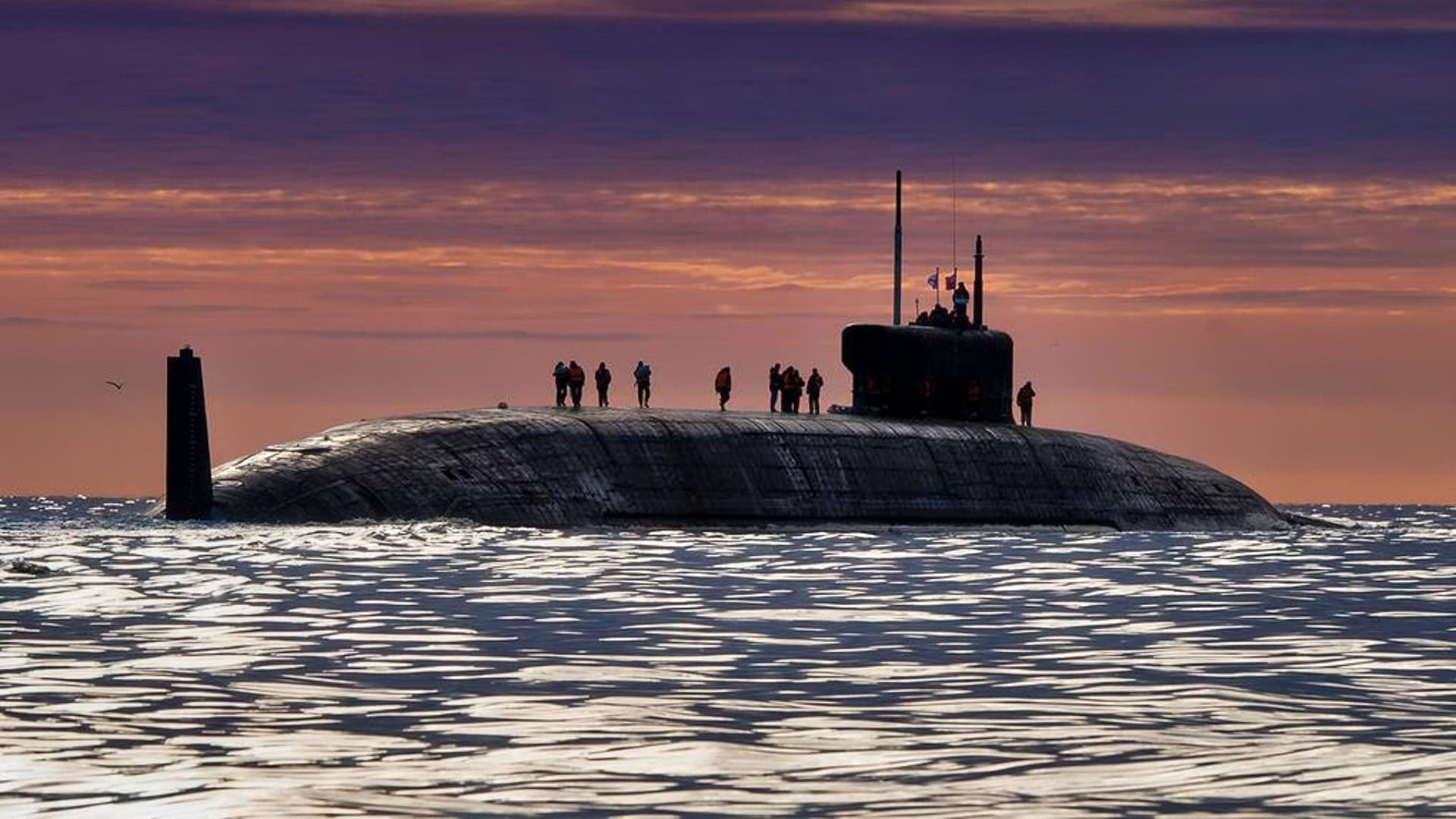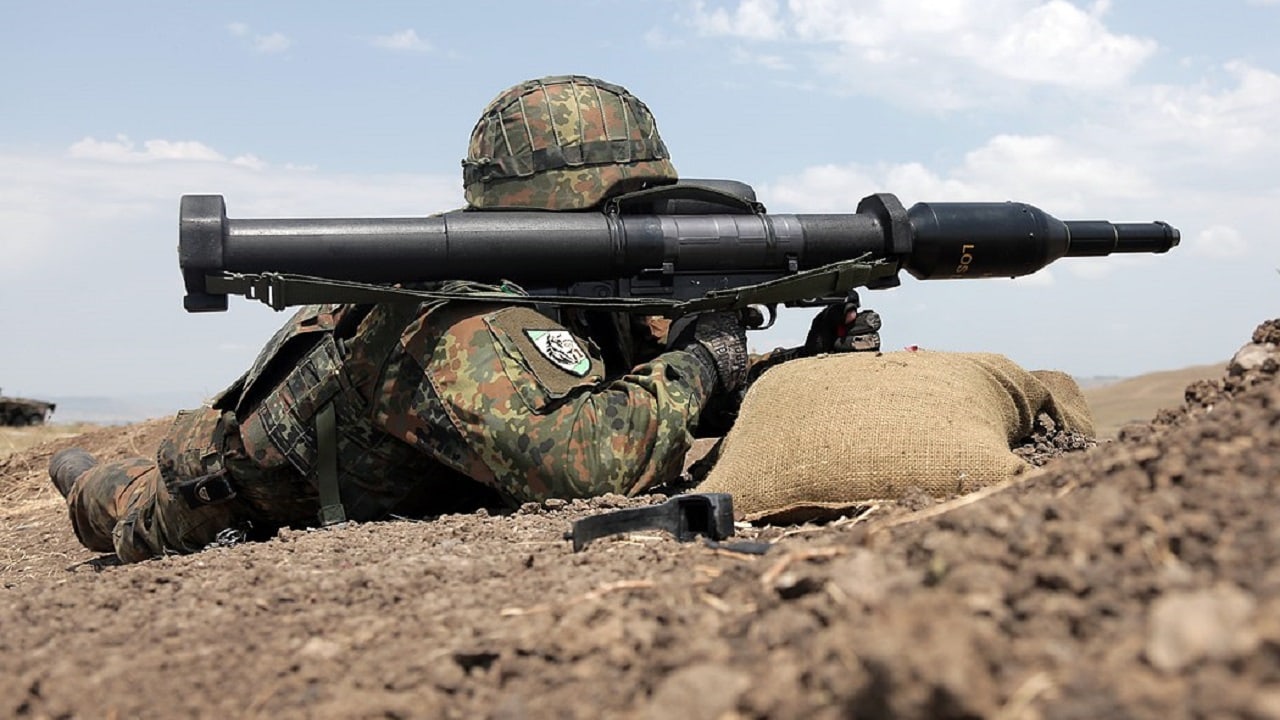Key Points and Summary: The Canadian Armed Forces (CAF) are in decline, struggling with recruitment, retention, and outdated equipment due to chronic underfunding and mismanagement.
-A potential Conservative government must act decisively to reverse this trend.’
-Key reforms include streamlining recruitment, improving soldier quality of life, and procuring modern, off-the-shelf technologies like drones and cyber warfare capabilities, rather than pursuing costly domestic projects.
-Prioritizing Arctic defense against Russian and Chinese expansion is crucial, requiring investment in ice-capable submarines, enhanced air patrols, and permanent northern infrastructure.
-Meeting NATO’s 2% GDP defense spending target is essential to fund these changes and restore Canada’s military credibility.
From Recruitment to the Arctic: How Canada Can Rebuild Its Military
The Canadian Armed Forces (CAF) are in dire need of revitalization. Chronic underfunding, procurement mismanagement, and an identity crisis over Canada’s strategic role have left the military struggling to meet its obligations at home and abroad.
If a Conservative government takes power, it must prioritize three key areas to rebuild Ottawa’s military: improving recruiting and retention, investing in appropriate technologies, and focusing on Arctic defense.
Without these fundamental shifts, Canada will remain an unreliable ally and a weak link in continental security.
The CAF is facing an existential manpower crisis. Recruitment numbers are far below necessary levels, and retention rates continue to plummet as personnel leave due to poor working conditions, outdated equipment, and a lack of a clear mission. The Trudeau government’s approach—focusing heavily on cultural and administrative reforms while neglecting operational readiness—has done little to make service in the CAF attractive.
A Conservative government must immediately overhaul recruitment policies. This begins with reducing bureaucratic delays in the enlistment process, which can take up to a year for new recruits. Cutting unnecessary red tape and ensuring faster onboarding will help prevent potential candidates from losing interest or seeking alternative career paths. Retention also requires serious attention. Competitive salaries and benefits are a given, but quality-of-life improvements—such as better housing, family support programs, and a modernized pension system—will be critical in persuading experienced personnel to remain in uniform. Furthermore, restoring a sense of pride and purpose in the CAF by clearly defining Canada’s military objectives, rather than treating the armed forces as a social engineering project, will help reverse the morale crisis.
For too long, Canada’s military procurement has been an embarrassing disaster, plagued by cost overruns, delays, and political interference. The Trudeau government’s procurement failures—from the botched fighter jet replacement program to the Navy’s stalled surface combatant program—have left the CAF dangerously ill-equipped. A Conservative government must fundamentally restructure procurement processes to ensure efficiency, cost-effectiveness, and strategic relevance.
Rather than attempting to build everything domestically—an approach that often results in overpriced and underperforming equipment—Canada should seek off-the-shelf solutions from allies. For instance, acquiring proven fighter jets, submarines, and missile defense systems from partners like the United States or the United Kingdom would provide the CAF with reliable and quickly deployable assets. The focus should also shift toward emerging technologies that enhance force multiplication. Drones, autonomous underwater vehicles, and next-generation cyber warfare capabilities should be prioritized over traditional large-scale platforms that are costly and difficult to maintain. The battlefield of the future will be dominated by precision-strike capabilities, electronic warfare, and unmanned systems, and Canada must invest accordingly to remain a credible defense player.
Canada’s defense priorities are increasingly misaligned with its geographic and geopolitical realities. The country faces no serious conventional land threats, and its strategic interests lie overwhelmingly in maritime and aerospace domains. Yet, the Trudeau government has focused disproportionately on Indo-Pacific engagement while neglecting Canada’s most vital security frontier: the Arctic.
A Conservative government must make Arctic security a top defense priority. Russia has aggressively expanded its military presence in the High North, constructing new bases, modernizing icebreaker fleets, and deploying hypersonic weapons in the region. Meanwhile, China has declared itself a “near-Arctic state” and is increasing its scientific, economic, and strategic footprint in the region.

The Russian Navy is experiencing a resurgence, with new ships and submarines entering service despite ongoing challenges.
To secure the Arctic, Canada must significantly enhance its domain awareness and rapid response capabilities. This includes acquiring a fleet of ice-capable submarines, expanding Arctic air patrols with next-generation surveillance aircraft, and investing in permanent military infrastructure in the North. The establishment of forward-operating bases, capable of hosting rapid-response forces year-round, will send a clear signal that Canada takes Arctic sovereignty seriously.
None of these objectives will be possible without a serious commitment to increasing defense spending. Canada’s failure to meet the NATO standard of spending at least two percent of GDP on defense has not only weakened its military capabilities but also strained its credibility with allies. A Conservative government must make it clear that defense spending is not optional; it is a fundamental requirement for national security and allied cooperation. Meeting or exceeding the two percent threshold is the only way to ensure the CAF can recruit and retain personnel, procure the right technologies, and defend the Arctic effectively.
Without this commitment, any proposed military reforms will be hollow gestures rather than meaningful steps toward restoring Canada’s defense posture.
For Canada to be taken seriously on the world stage and to fulfill its commitments to NATO and NORAD, a Conservative government must pursue an unapologetically ambitious defense agenda. Improving recruitment and retention, investing in appropriate military technologies, and prioritizing Arctic defense are essential steps in reversing decades of neglect. These efforts, however, will only succeed if Canada commits to the necessary level of defense investment.

German Army Cpl. Vadim Ganshi, assigned to 2nd Company, Infantry Battalion 291, French German Brigade, awaits orders to fire a Panzerfaust 3. Vaziani, Republic of Georgia, Aug. 5, 2017. Noble Partner 17 supports Georgia in conducting home station training of its second NATO Response Force (NRF) contribution. Noble Partner will further enhance NFR and Operational Capabilities Concept interoperability and readiness in order to support regional stability. (U.S. Army photo by Spc. Hayley Gardner).
If these reforms are enacted with urgency and resolve, Canada can rebuild a military that is not only capable of defending its sovereignty but also a reliable contributor to allied security. If not, Ottawa will remain an international laggard, unable to provide for its own defense, let alone support its allies in an era of rising global instability.
About the Author: Dr. Andrew Latham
Andrew Latham is a professor of international relations at Macalester College in Saint Paul, Minn., a senior Washington fellow at the Institute for Peace and Diplomacy, and a non-resident fellow at Defense Priorities in Washington, D.C. He regularly teaches courses on international security, Chinese foreign policy, war and peace in the Middle East, Regional Security in the Indo-Pacific Region, and the World Wars. Professor Latham has been published in outlets such as The Hill, The Diplomat, Canadian Defence Quarterly, The Conversation, Wavell Room/British Military Thought, Defense One, and Responsible Statecraft.

